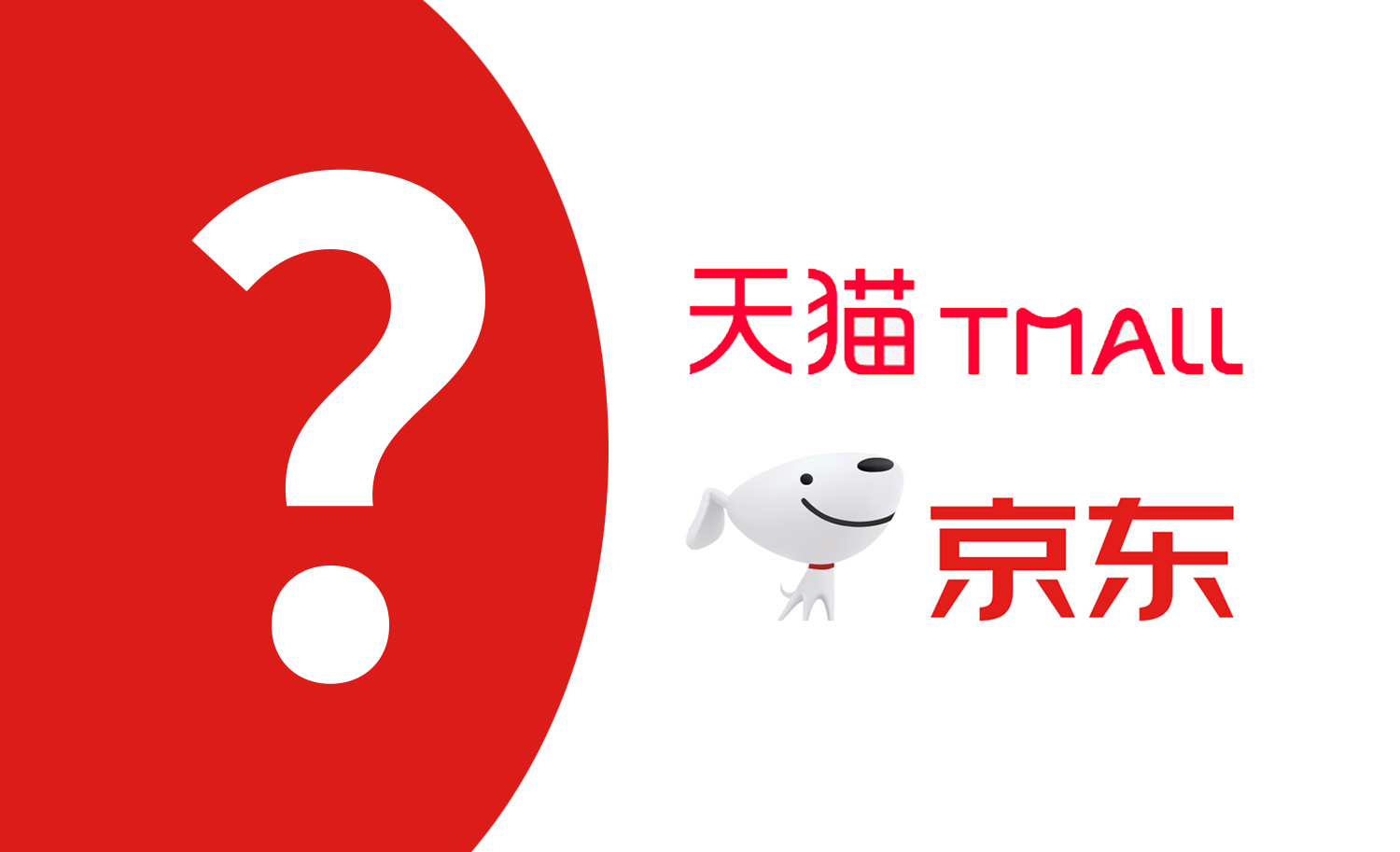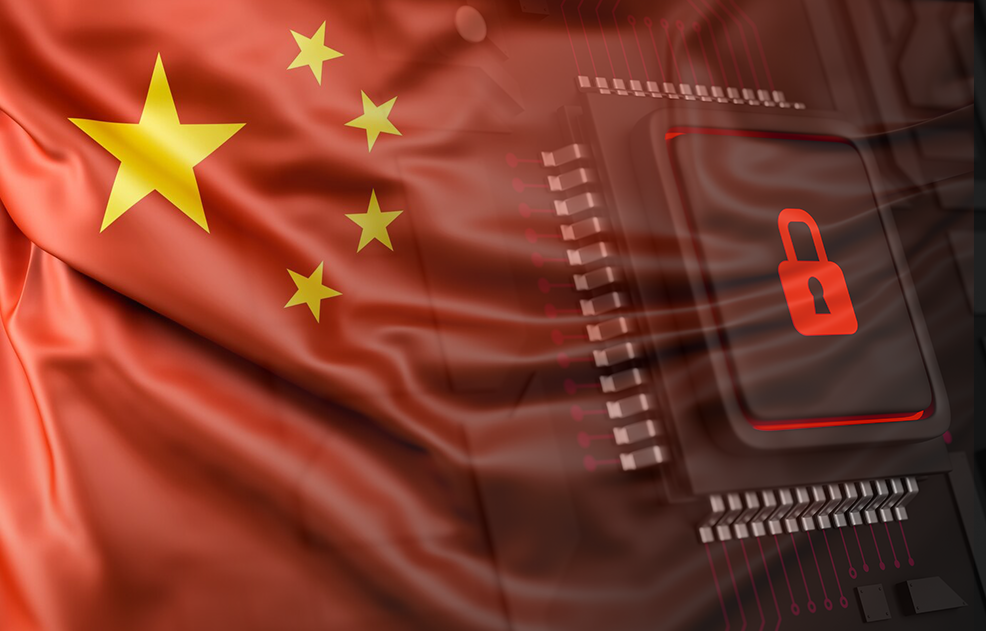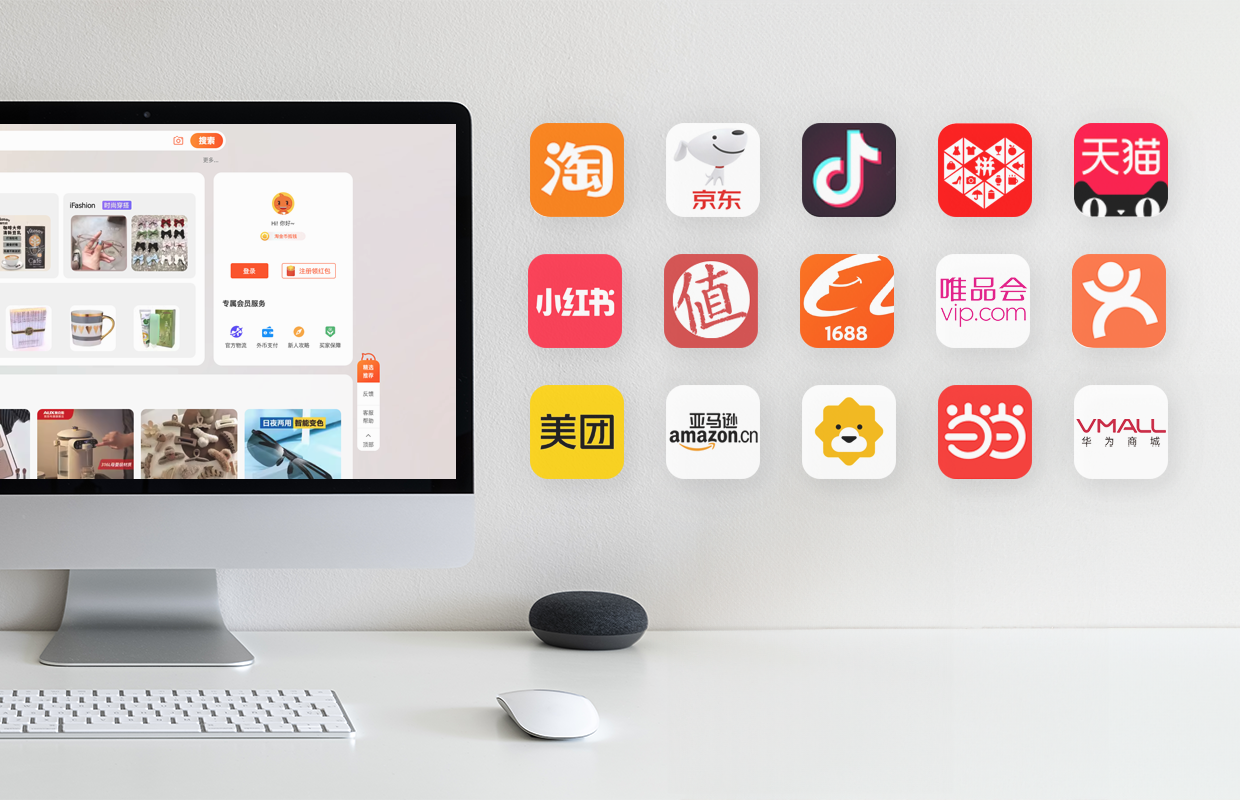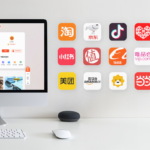China eCommerce market is full of opportunities, along with challenges. We witnessed number of foreign brands reached tremendous success in China market, while many others sink away in defeat. Why?
One big reason is whether a foreign business has a serious China eCommerce localization strategy. Expand your business to another market is not simply just copy and paste; If you don’t understand your unique China eCommerce customers and fail to strategize for them, chances are you will get the message wrong and ultimately edged out.
Below are the localization tips you must consider when tapping into China eCommerce. From language, culture to user behavior, we studied every aspect of your China eCommerce shoppers and offer these advice tailoring to their wants and needs.
Tip #1: Pick the right tone of voice
Tone of voice is how the character of your business comes through in the words you write and speak. Your business’ tone of voice represents your brand and your culture, and it helps you communicate with your customers.
Especially in China, pick the right tone of voice is important. Through the right tone of voice, you can establish a bond between you and your Chinese eCommerce customers, culturally and emotionally.
For example, here is how Estee Lauder promotes its product with different tone of voices in China and the U.S. Instead of the real name “Advanced Night Repair”, Estee Lauder picked the nickname “Little Brown Bottle”, which is easier for Chinese shoppers to remember. Meanwhile, the promotional messages is more clear, establishing the product’s popularity.

So what’s the tone of voice you may need? It depends on the demographics of your target customer. Based on the research, most of China eCommerce shoppers are aged between 19 to 35. Therefore, a lot of brands tend to go young in China eCommerce, to pull these young shoppers closer.
Tip #2: Promote the way that locals like it
Nobody likes promotion more than a Chinese eCommerce customer: Chinese shoppers are price-concerned, so promotional campaign can largely increase your conversion rate.
If you decide to run a promotion, make it obvious. For example, to put a well-designed promotion banner ad on your homepage, which can leave a great first impression.
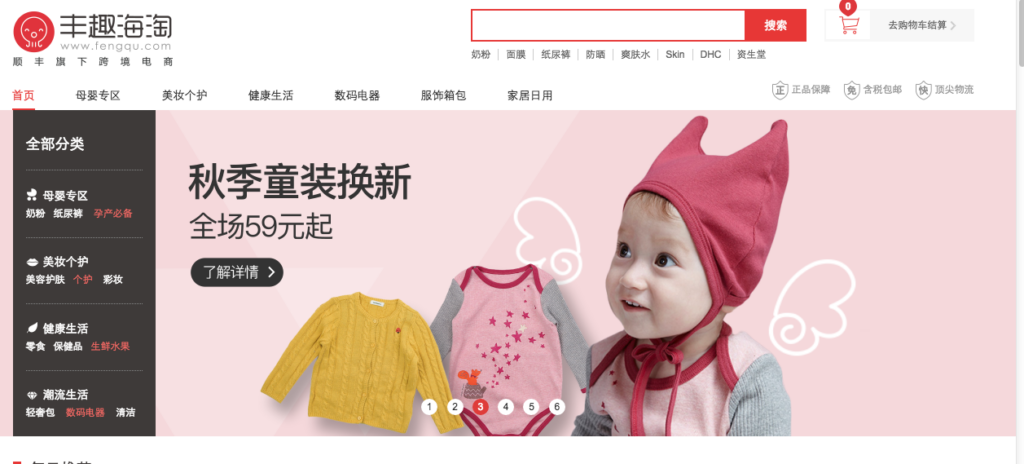
Always remember to choose your promotional contents carefully. Since you are in a new market, a lot of promotional methods you knew may not really ring a bell to Chinese.
For example, ‘gift card” and “coupon code” are very popular promotion methods in western world, however these two are not that well known to Chinese eCommerce customers. You may consider ditching them, and switching to promotional methods favored by locals, e.g. flash sales, or free shipping.
Tip #3: More images, more details
A picture is worth a thousand words: visual image is a powerful channel to convey crucial information towards China eCommerce shoppers and influence their choice.
To China eCommerce shoppers, more detailed, high-resolution images are more likely to convince them to make a purchase. Chinese customers are very careful on eCommerce to avoid the fake/less good products, so quality photos with rich features will present your products to them in the most positive way.

Casio's eCommerce site shows a lot of product details.
Tip #4: Connect with local social platform
There is no need to tell you how important social media is to your eCommerce. In China, the power of social eCommerce goes further: other than customer engagement online, social platform like WeChat offers mobile payment that has been widely accepted.
With that being said, it is really necessary to gain your presence on local social media platform in China. Forget about Facebook, Twitter and Instagram (they are blocked in China anyway), and start to embrace WeChat and Weibo. The average 16- to-30-year-old internet user in China spent 3.9 hours per day on the mobile internet, so make efforts to let them explore your eCommerce on social media further.

Pernod Ricard's WeChat eCommerce, developed by TMO Group
Tip #5: China-specific mobile payment integration
Shoppers in Western countries usually choose credit card or Paypal to pay when shopping on eCommerce, but keep in mind that it is not exactly the case in China.
Normally, Chinese customers are very resistant when being asked to pay with credit online, because of the doubt and fear of information leak.
In China eCommerce, mobile payments, especially Alipay and WeChat Pay, serve as the two primary tools for consumers to pay in China. These two third-party payment services provide customers with convenience that credit card can never reach: It can be linked with bankcards, and user can pay simply with scanning the unique QR code.
With that being said, it is a must-do for your eCommerce to integrate with major mobile payment methods in China.
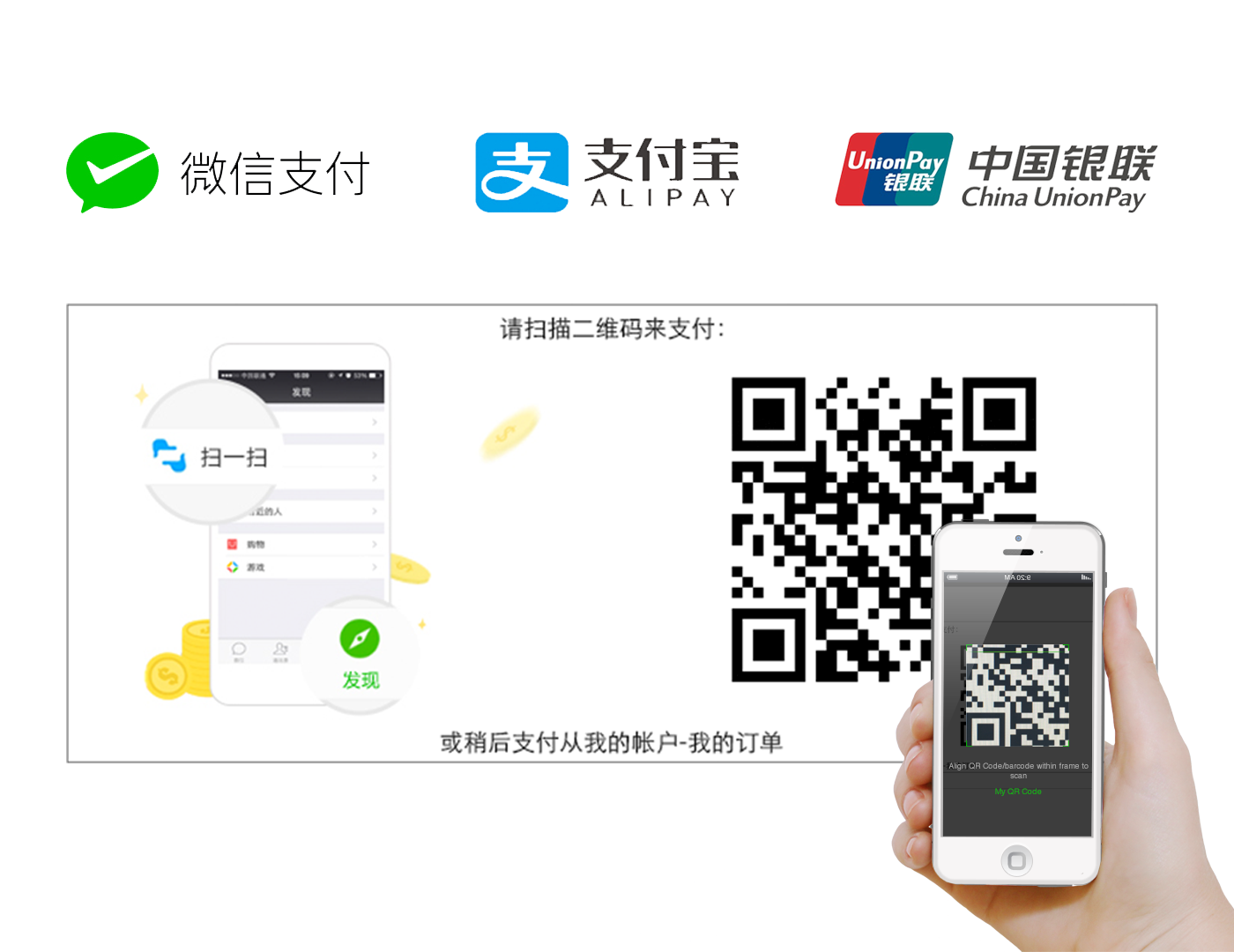
Tip #6: Checkout in the local way
The checkout process in China eCommerce is different. Besides the local payment integration as discussed, there are three other differences you need to pay attention:
Get rid of “Billing Address” during checkout. Since few people are using credit card payment when shopping online, there is no need to ask Chinese users to fill in “billing address” during checkout.
Different shipping address format. In the west, the shipping address format usually starts with street address, following by city/state/zip code. But these are not exactly the case in China. See picture below, the order is: Province – City – District – Street.
Besides, China eCommerce shoppers are requested to validate their Chinese ID when shopping on cross border eCommerce sites. More exactly, they must use real name, 18-digit Chinese ID number, and the image of their ID cards to complete the checkout. So you need to integrate this validation if you are running a cross border eCommerce in China.
That being said, checkout localization is important too. Chinese users have formed a specific user behavior and different user experience would very likely cause shopping cart abandonment.
Tip #7: Host your website in China
Whether your foreign eCommerce should host in China is a topic that get often asked about and met with lots of rumors, confusion and misinformation.
Since your eCommerce’ target market are mainly Chinese base, we highly recommend you to host inside China. Hosting your website abroad while your target market is in China will cause access issues, ranging from lengthy loading times to ultimately poor user experience.
Tip #8: Live chat is a must
Live chat is essential for eCommerce in China. On one hand, Chinese shoppers are insecure with the fake products in China eCommerce, so they need to communicate and double check. On the other hand, Chinese eCommerce shoppers are used to bargain with the seller, so live chat offer this opportunity to assist the shoppers.
Right now, most of the China major eCommerce sites have adopted a live chat service, some even offer real-time assistance 24/7. Study shows that Chinese eComemerce shoppers are more comfortable shopping on sites offering live chat assistants. Reason is: no matter what problem occurs, they can turn to live chat for help.
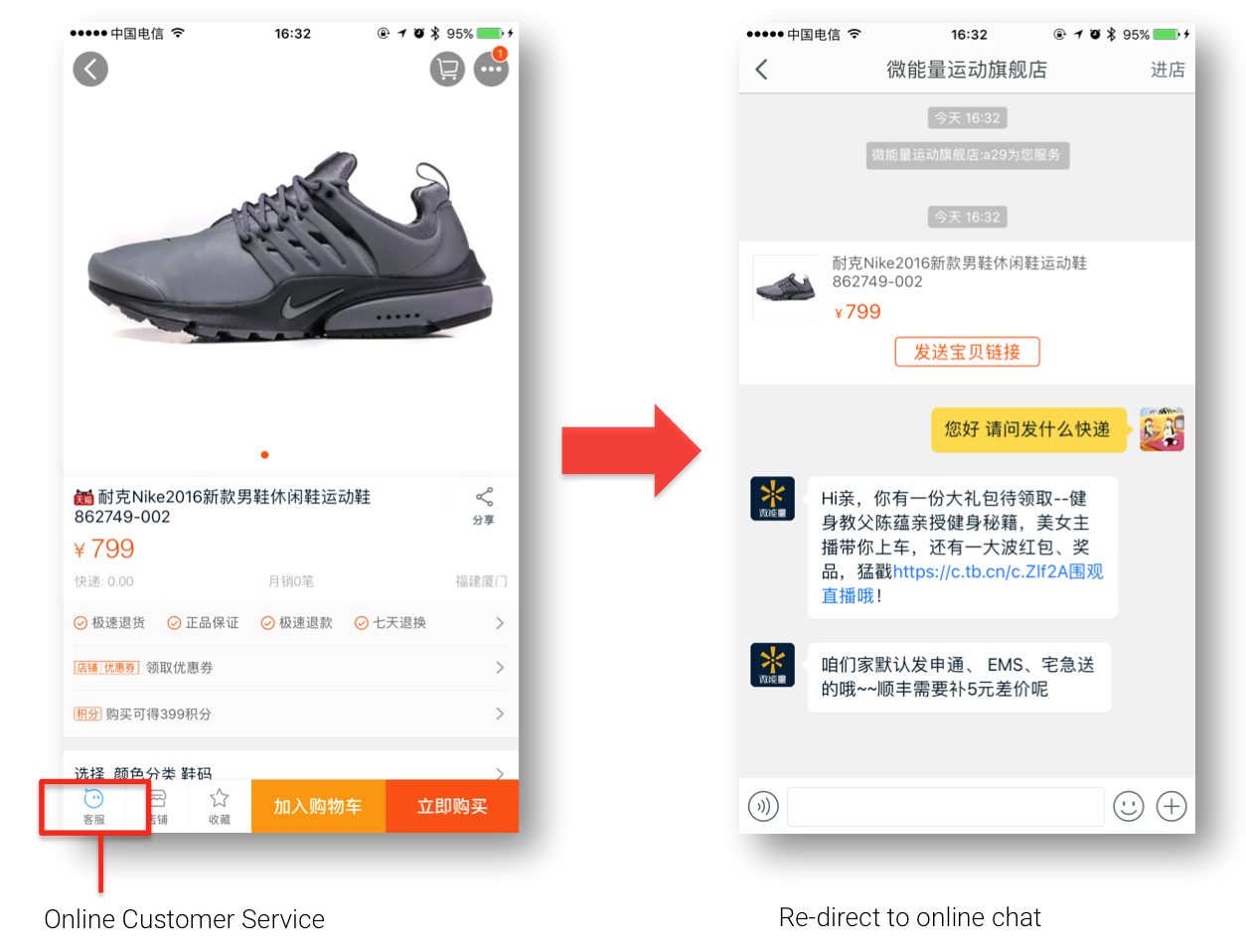
Tip #9: Find your best screen resolution for China
With the emerge of smart phones, tablets and monitors with different sizes, aspect ratios and resolutions, it become more tricky for designers to find the best dimensions.
For the past 12 months, the top 3 resolutions for desktop, tablet & console screen are 1366*768, 1920*1080 and 1440*900, which account for 22.08%, 21.87% and 10.82% respectively.
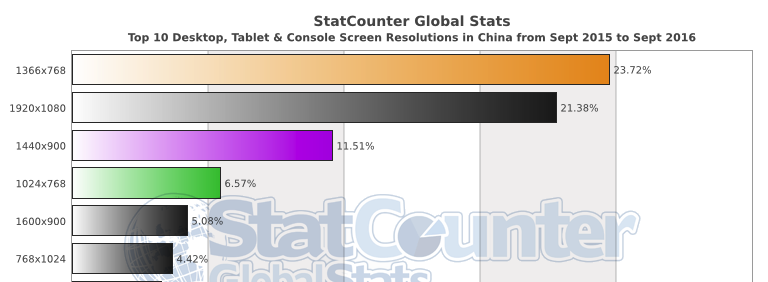
Meanwhile, always ask yourself that how does that look on mobile. If you value your desktop website and mobile site both important, try responsive web design, which is the approach that suggests that design and development should respond to the user’s behavior and environment based on screen size, platform and orientation. By responsive web design, your eCommerce will fit on every device and every screen size, no matter how large or small, mobile or desktop.
Tip #10: Open link in a new window
Finally - why does this little thing matter?
Because as previously mentioned, Chinese eCommerce customers are price-concerned and they like to compare prices across different eCommerce channel. Therefore, to compare products within different tabs become rather important.
TMO Group will help you localize
China eCommerce is brutal when it comes to competition. Your eCommerce be performing exceptionally well at home, but more difficulties may appear in this new market.
With our affluent knowledge of China market, we offer you the fast and most suitable China market eCommerce solution. From China specific UI/UX design to China payment getaway, from China cloud infrastructure to Chinese logistics tracking, we help you meet the local market needs.
Click Contact Us to know more about our China eCommerce solutions!


